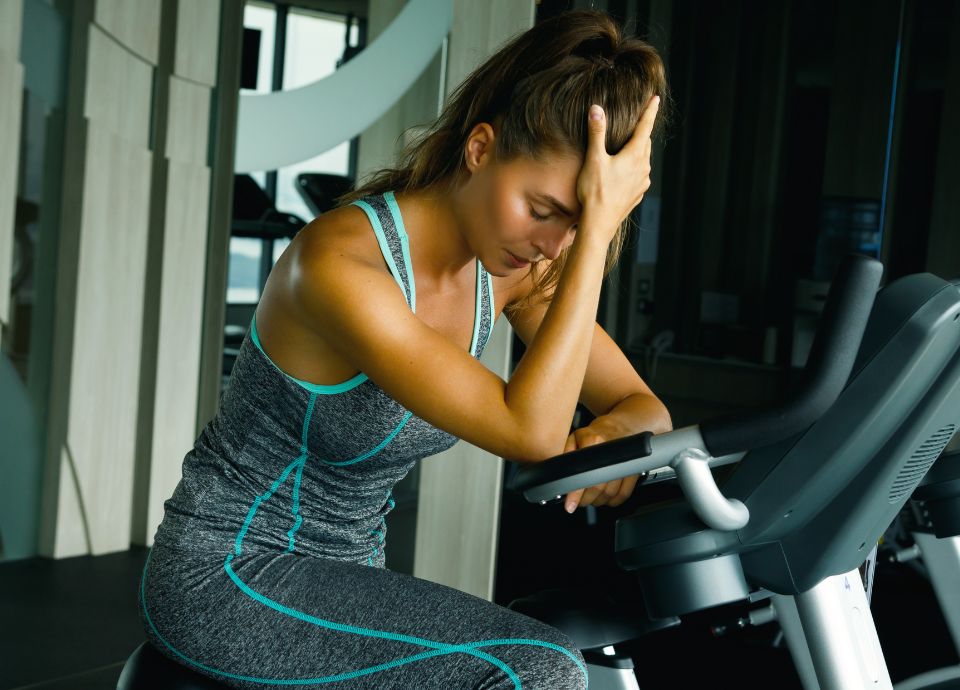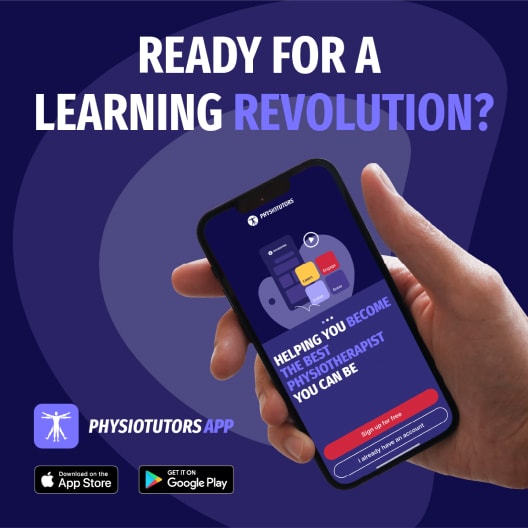Why Shoulder Rehab Should be Like a Delicious Pizza
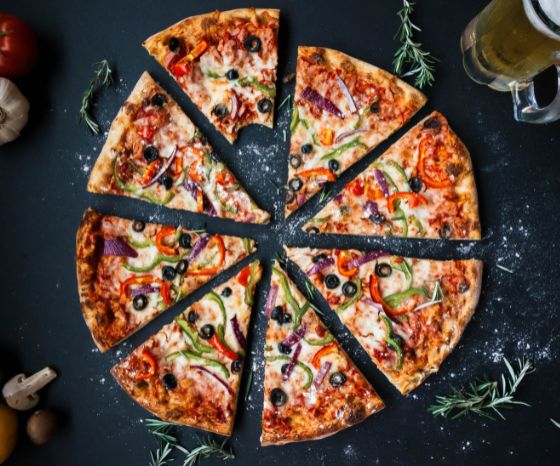
Okay, this is the pizza blog and you’re probably thinking: How is a pizza related to rotator cuff-related shoulder pain?
In fact, the pizza model is a great analogy for rotator cuff-related shoulder pain rehab.
And although this analogy is of course too simplistic to be transferred to all variables in human beings, I believe it’s a very good way to memorize complex knowledge.
1) Dough = Education
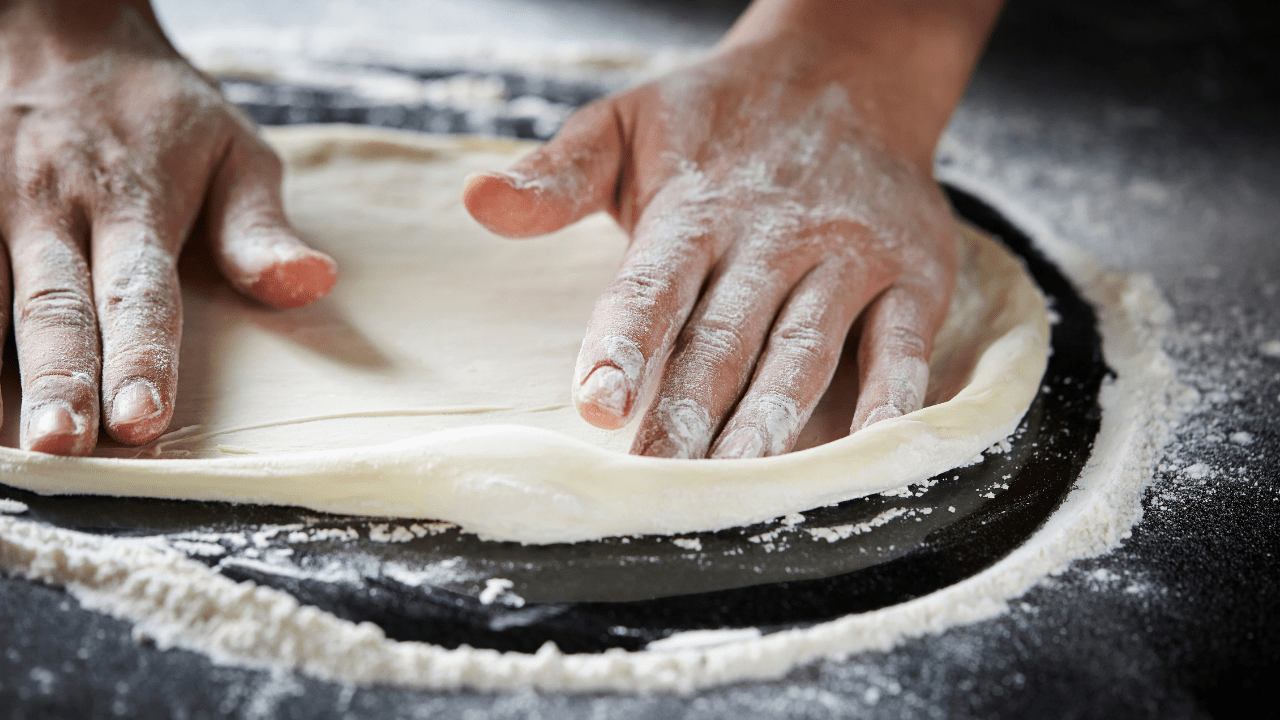
So, in the analogy of a pizza – first, there is the dough, which I would like to compare to Education.
The basis of your rehabilitation strategy is education. There is no pizza without dough. There is no rehabilitation strategy without educating your patient. And okay, I acknowledge that there are different types of dough – there are also different ways of educating your patient. Your patient will have other experiences and different knowledge about the problem, so also your education will be different for different patients.
The basis of your rehabilitation strategy is education. There is no pizza without dough. There is no rehabilitation strategy without educating your patient
2) Tomato saus = Healthy lifestyle
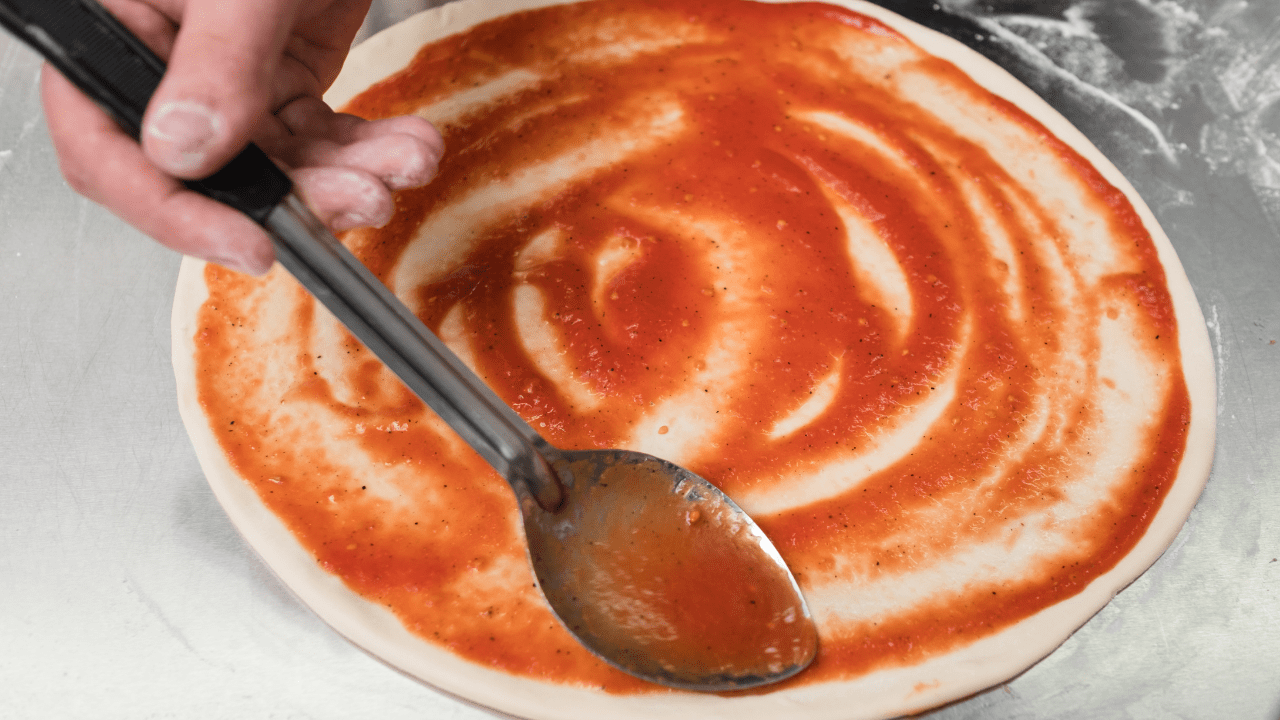
Second in a pizza is the tomato sauce and this is your advice for general fitness. Run, walk, bicycle – this is probably the healthiest part of a pizza, but this is also the healthiest part of your rehab program. Take advantage of your patient in your practice to advise them to be fitter in general. This doesn’t only mean preventing other co-morbidities but also has an influence on your pain perception for instance.
3) Cheese = Progressive loading program
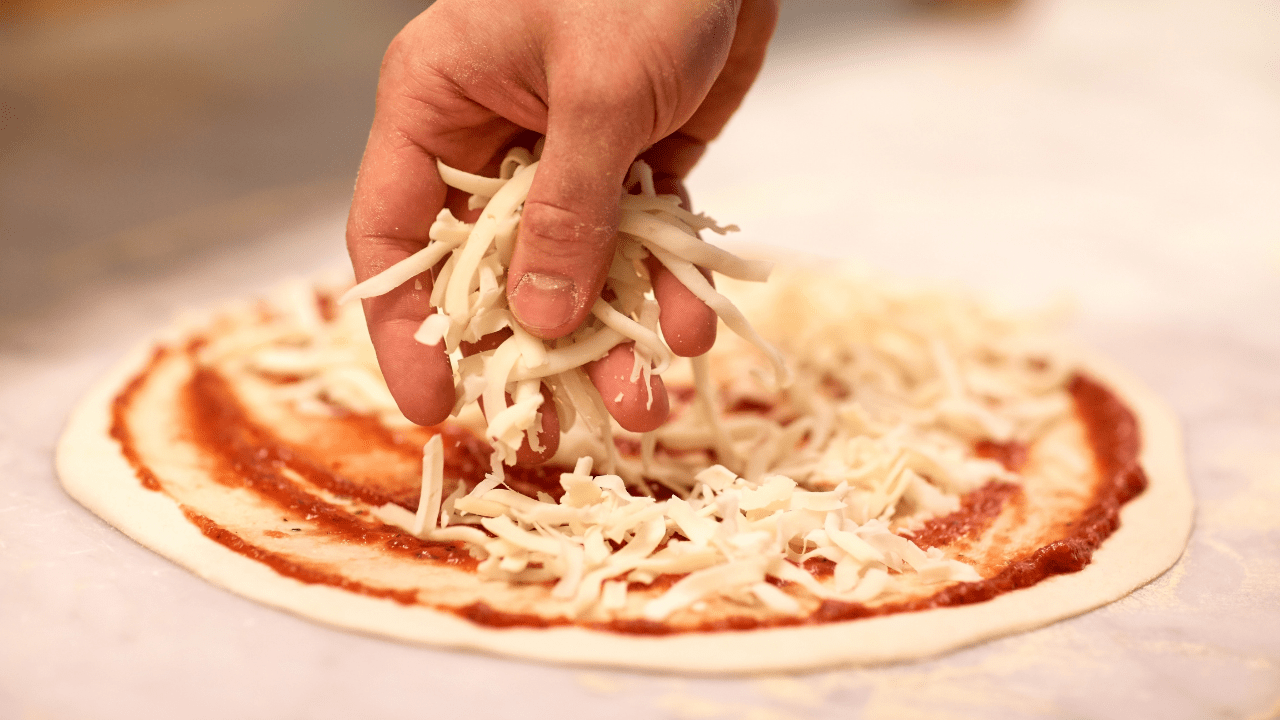
Third, you got the mozzarella/cheese. This will be your progressive loading program of the musculotendinous unit of the rotator cuff and also what really makes the pizza delicious.
And actually, you now have all the ingredients for a pizza Margherita – which is the most popular pizza worldwide by the way. You got your education, healthy lifestyle advice, and a progressive loading program.
4) Ham = Manual Therapy
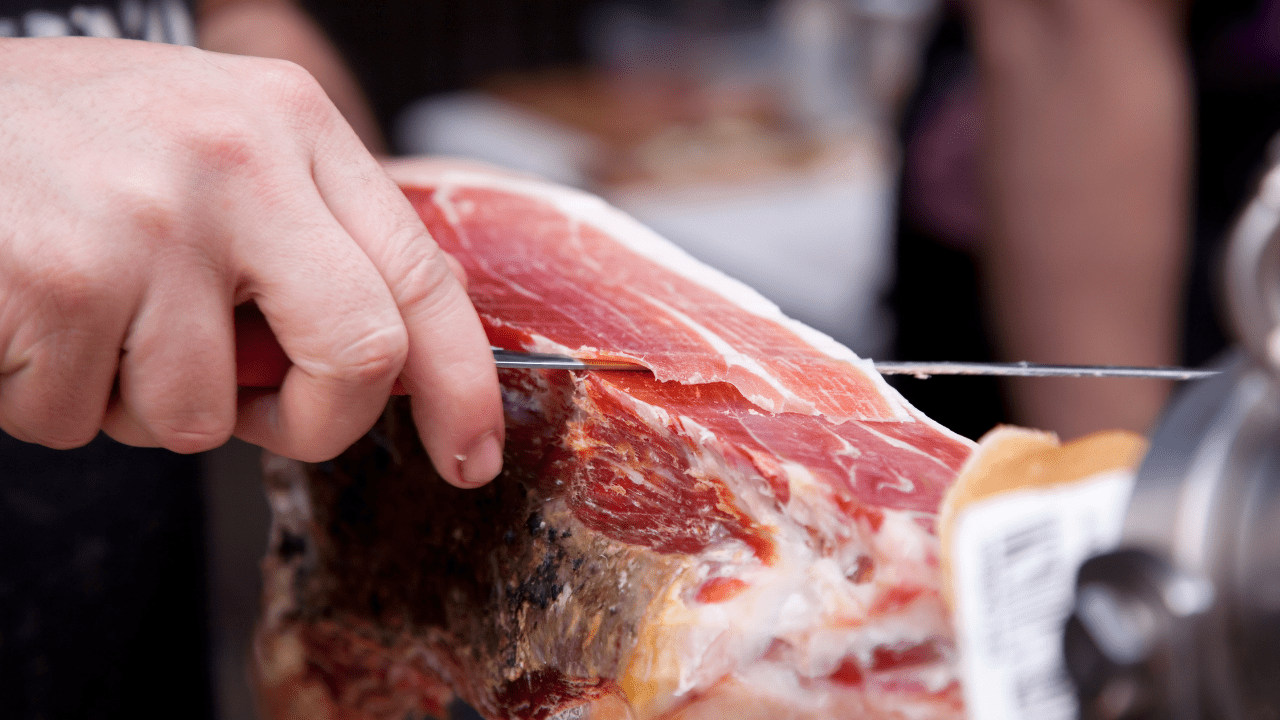
But okay, but you can also pimp your pizza with ham for example. We could compare the ham to manual therapy. It’s not always necessary for all patients, but in some people adding ham can encourage your patients to eat it or in other words to motivate him/her to follow the progressive loading program you design for him/her.
ROTATOR CUFF RELATED SHOULDER PAIN: SEPARATING FACTS FROM FICTION
It’s Time to Stop Nonsense Treatments for Shoulder Pain and To Start Delivering Evidence-based Care
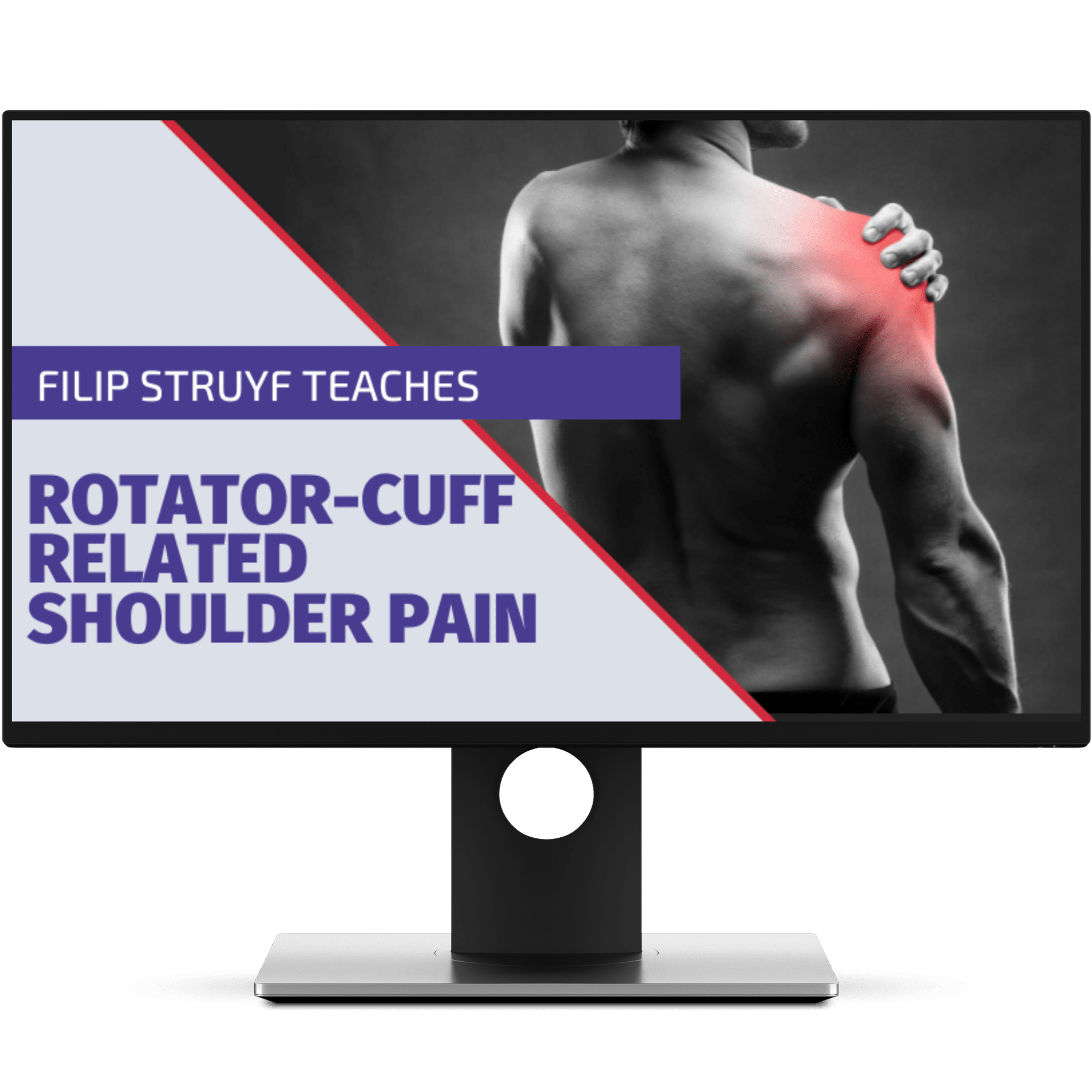
5) Mushrooms, Onions etc. = Massage, Dry Needling, Taping etc.
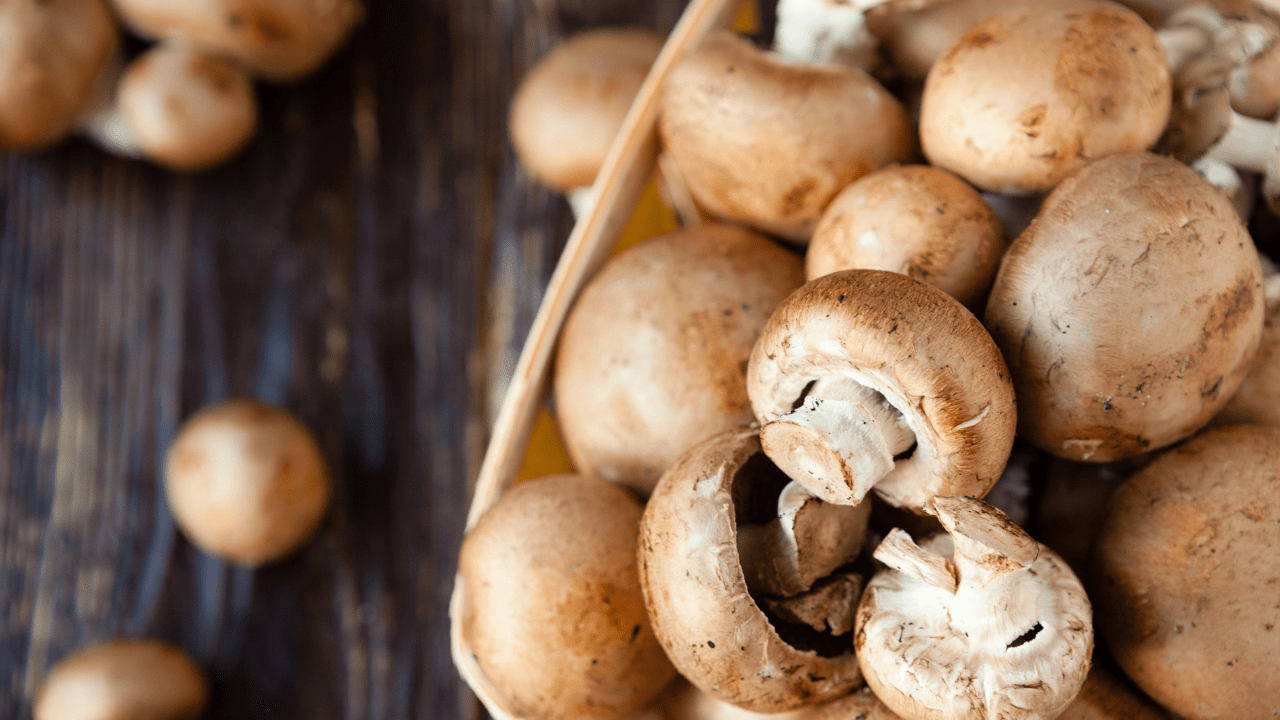
At last, we could add mushrooms or onions for example. This might be of added value: It’s completely again optional, but can convince your patient to eat the pizza, but absolutely not mandatory. I compare these extra ingredients to dry needling, massage, shockwave, taping etc.
6) Pineapple = Therapeutic Ultrasound, Laser etc.
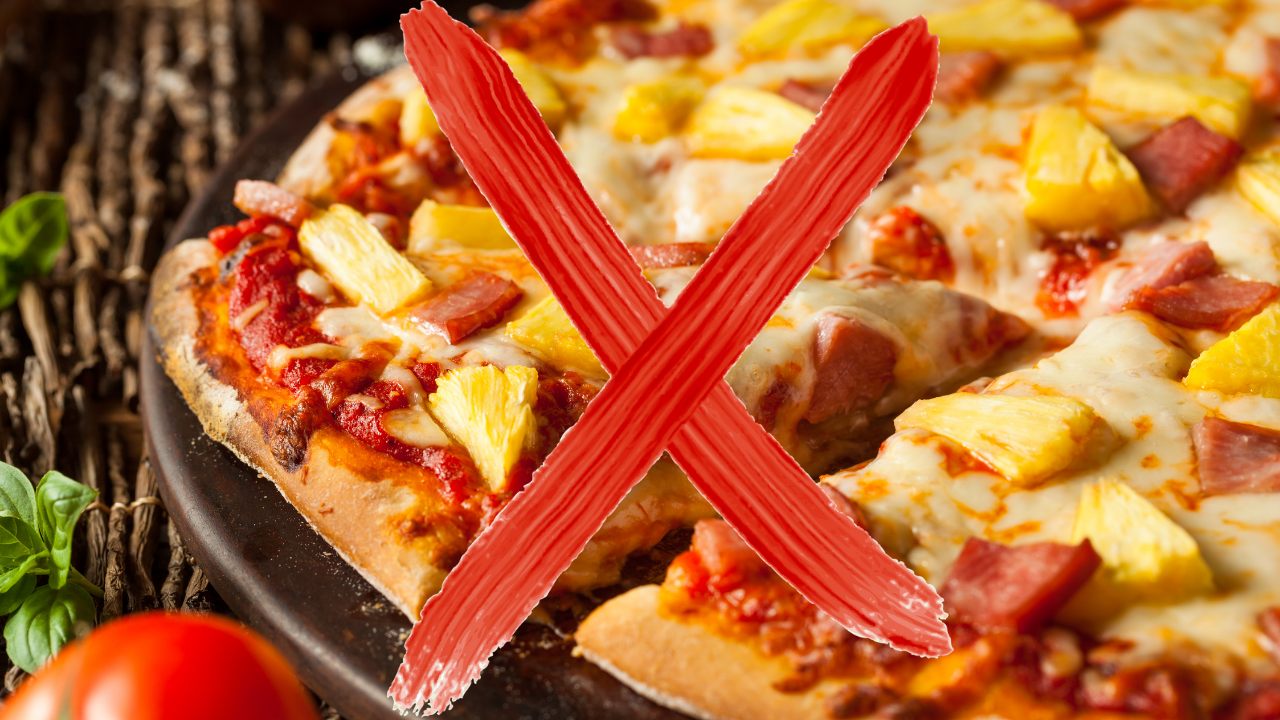
Okay, we have to talk about pineapple of course. In my opinion, pineapple doesn’t belong on a pizza and you could compare it to your therapeutic ultrasound machine – in other words, it’s useless for your treatment success.
P.S. Physiotutors agree with the fact that ultrasound & laser doesn’t belong in shoulder rehab, but a good pizza Hawaii can actually be very delicious!;)
Now, this was a very rough overview of how a delicious pizza relates to rotator cuff-related shoulder pain rehab. Maybe I could spark your appetite for pizza and you would also like a recipe on how to actually “bake” such a delicious pizza. All the details can be found in my newly released online course Rotator Cuff Related Shoulder Pain: Separating Facts from Fiction.
If you would like to have a better idea of what you can expect in the course, either head to the following info page or feel free to subscribe to my FREE 5-day video course to your right!
Thank you very much for reading!
Filip

Filip Struyf
Sports physiotherapist and professor at the Department of Rehabilitation Sciences and Physiotherapy at the University of Antwerp
NEW BLOG ARTICLES IN YOUR INBOX
Subscribe now and receive a notification once the latest blog article is published.
